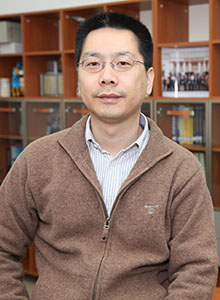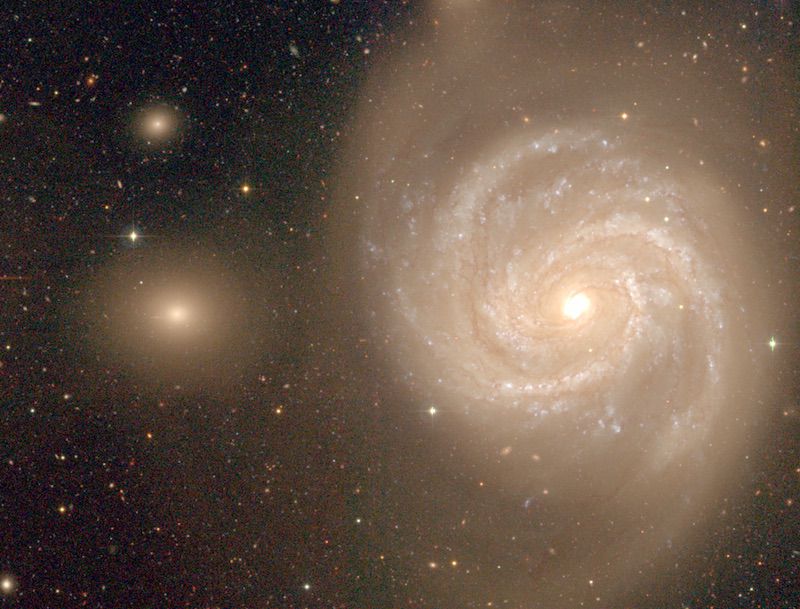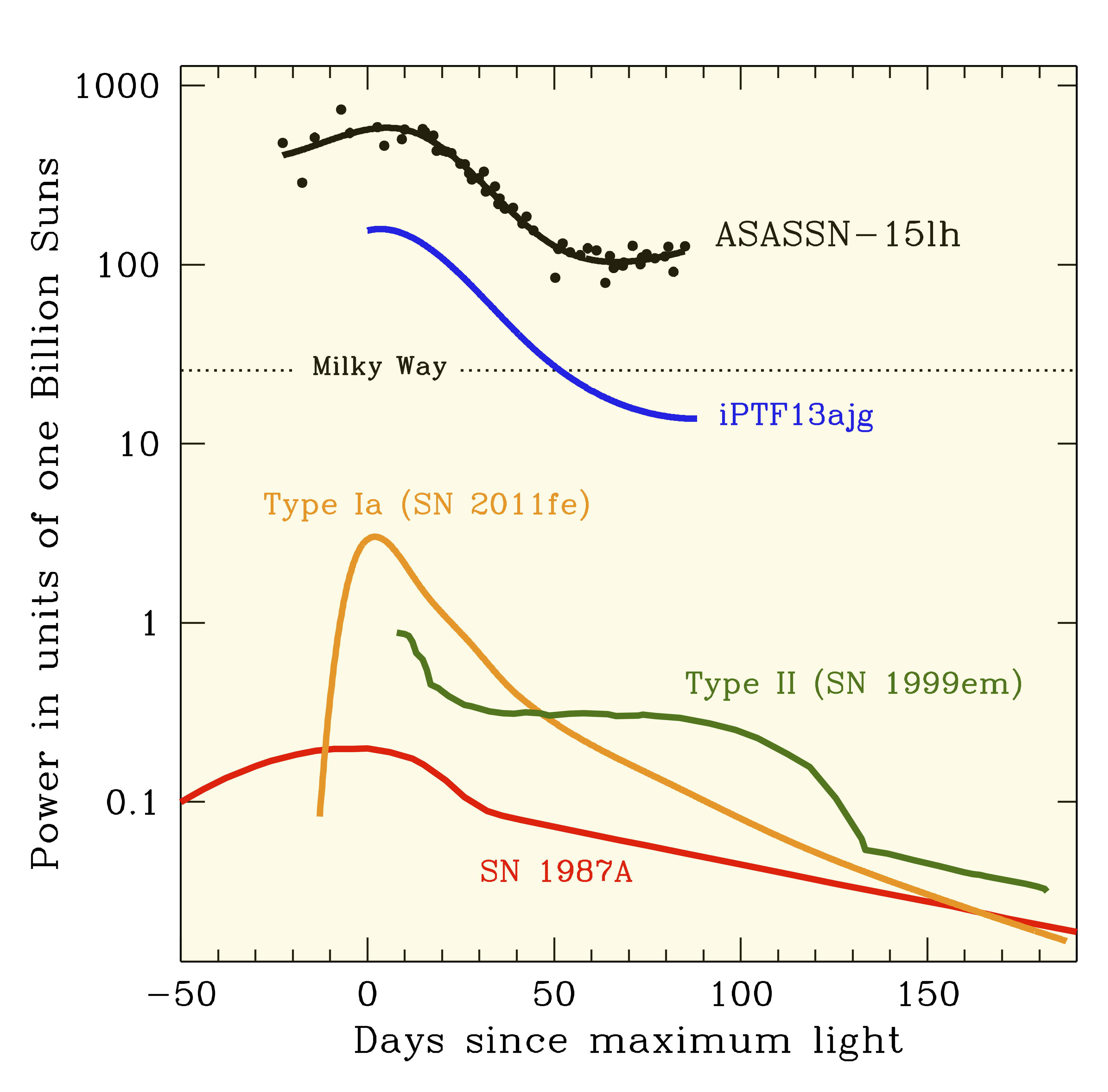Members
The faculties, postdocs, and students.
The faculties, postdocs, and students.
Group meetings and journal clubs.
Workshops, meetings, conferences, news releases, etc.

zhanhu@nao.cas.cn
Member of LSST, CSST, etc.
The focus of the team

Galaxies in the nearby Universe are those that we can study in the greatest detail. Using deep surveys, we are studying the evolution of stars and gas in galaxies, and how they are affected by their environment.

Large-area, multi-color surveys are used to build large samples of high-redshift quasars/AGN and galaxies, and to probe their physical properties and their implications to cosmology (Figure: the final sample of 52 quasars at z ~ 6 from the SDSS, Jiang et al. 2016).

Time domain surveys scan the night sky repeatedly to look for transients and variables. The international project All Sky Automated Survey for Supernovae (ASAS-SN) scans the entire visible sky at a daily cadence, and we are building up complete samples of bright supernovae to understand their explosion physics and explore their diversity(Figure: ASASSN-15lh is interpreted as the most luminous supernova ever discovered; Dong et al. 2016).

Next-generation survey projects such as the Chinese Space Station Optical Survey (CSS-OS; figure) and LSST will probe an enormous volume of the universe and open up huge discovery space. In particular, the CSS-OS plans to cover 17,500 square degrees of the extragalactic sky at a resolution of 0.15" in at least 6 bands from 250nm to 1000nm, reaching an average depth of AB 25.5 mag (point source, 5-sigma). Low resolution slitless spectra will be taken at the same time over the same area reaching depths of AB 20-21 mag per wavelength resolution. The LSST will image primarily the southern sky in 6 bands (ugrizy) to a depth of r=27.5. The two projects will also select a number of small regions of the sky for deeper observations.